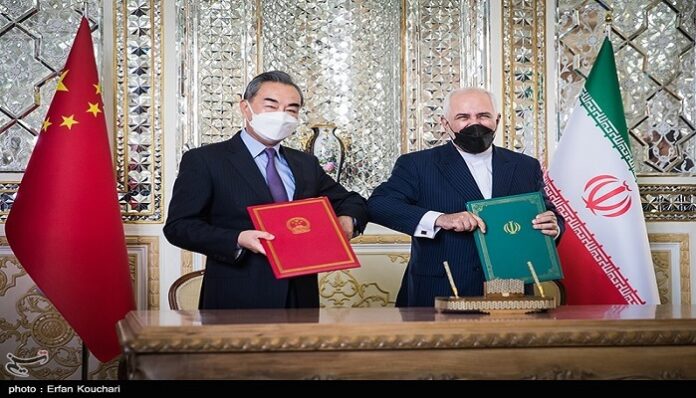What are the specifications of the comprehensive Iran-China cooperation program? Is this document against a third country? Why is the text of the document not published? Does this document mean deviating from neither Eastern nor Western slogans?
The signing of the comprehensive cooperation document between Iran and China by the foreign ministers of the two countries yesterday has raised many questions in the public mind, especially in cyberspace.
- What are the main features of the Iran-China Comprehensive Cooperation Program?
The history of this document, as stated in the tweet of the Chinese Foreign Ministry today (Sunday), dates back to January 2016, when the presidents of the two countries in Tehran issued a joint statement on the establishment of a comprehensive strategic partnership and agreed to reach a comprehensive cooperation plan. At the same time, during a meeting with the Chinese President, the Supreme Leader described the agreement reached between the Presidents of Iran and China for a 25-year strategic relationship as “absolutely corrects and wise.”
Finally, after five years of joint efforts of the two countries, a comprehensive cooperation program between China and Iran was signed yesterday. According to a leaflet issued by the Ministry of Foreign Affairs, the document will be implemented over a period of 25 years in order to implement paragraph 6 of the Declaration of the Presidents of the two countries with the aim of improving relations at the level of comprehensive strategic partnership.
The economic dimension of the document covers a wide range of dimensions, including the completion of Iran’s complementary processing chains, joint production, cooperation in the fields of oil, industry and mining, and energy-related fields. Cooperation in the fields of infrastructure, communication (rail, road, port and air), telecommunications, science-technology, education and health, facilitating private, financial-banking, customs, deregulation cooperation and emphasizing cooperation in the development of special and free trade zones.
In the cultural dimension, the Iran-China Comprehensive Cooperation Program emphasizes increasing mutual understanding through the promotion of public exchanges (tourism), the media, non-governmental organizations, friendship associations, and academic cooperation.
- Is the Iran-China cooperation document against a third country?
Another question that is asked is whether this document was formed in opposition to a third country? The statement from the State Department states: “This document is designed for peace, stability and regional and international development, and therefore is not opposed to any third party or to interfere in the affairs of any country.”
- How real are the numbers?
Simultaneously with the signing of the Iran-China Comprehensive Cooperation Program document, many claims were made about the types of contracts and their statistics, and some asked the question whether a specific and possibly large privilege had been granted. Will the experience of some countries, including Sri Lanka, not be repeated? “Reza Zabib,” Director General of East Asia of our Ministry of Foreign Affairs, wrote in response to this question on his Twitter page: These questions are raised with the mentality and perception of the “contract” of this document. But basically, this document does not have the nature or even the form of the contract / agreement, but is just a roadmap and framework for long-term relationships. “What now exists illegally between the two countries has been consolidated and strengthened with a long-term horizon.”
Zabib wrote about the concern of some about the repetition of the Sri Lankan experience: “In principle, no points have been exchanged, so there is no need to worry about what Westerners call the ‘debt trap’, citing Sri Lanka as an example. “The basis for the formation of this document is the mutual positions of the two countries at the international level and the mutual benefits of economic cooperation.”
- Why is the official text of the MoU not published?
Another common question is why the text of the document is not published and what is hidden if it is not given a special rating. Although the publication of agreements is a legal requirement, the publication of non-binding documents is not very common in international relations. Western sanctions also require that the full content of the document be withheld.
- Should the comprehensive cooperation program between Iran and China be approved by the parliament?
According to Article 77 of the Constitution, international treaties, agreements, treaties and agreements must be approved by the Islamic Consultative Assembly, but as the Director General of East Asia of the Ministry of Foreign Affairs has stated, comprehensive cooperation between China and Iran is essentially even It does not take the form of a contract or agreement, but merely a roadmap and framework for long-term relationships.
- Is Iran the first country to sign such an agreement with China?
In 2010, with Chinese Prime Minister Wen Jibao visiting Turkey, Ankara and Beijing signed agreements to enhance bilateral relations at the level of strategic cooperation. After the signing of the agreement, Erdogan said that bilateral relations between the two countries have reached the level of strategic relations.
- Is comprehensive cooperation with China a departure from the slogan of neither East nor West?
Ever since the issue of comprehensive strategic partnership between Iran and China has been raised, it has been heard by some that the Islamic Republic has crossed its neither Western nor Eastern slogan with this agreement. Of course, this is quite ironic when raised and warned by Westerners. This group has not only embraced Westernism to the point of deepening Western colonization, but has also woven a theory for it for years, and in this case also the right word “neither East nor West” not for the independence of the Islamic Republic, but to target the East , Are used to prescribe the acceptance of Western colonialism. Therefore, they should not be criticized from an epistemological point of view. As for the principle of doubt, it is clear that neither East nor West means severing ties with the West and the East, but refusing to accept the colonization of either the East (former Soviet Union) or the West (America).
- Is the document of comprehensive Iran-China cooperation colonial?
The 25-year cooperation document is a communication document; but how can “communication” be distinguished from “colonialism“? Given that Westerners are intentionally and some zealously concerned about this, a clear framework for reasoning can be provided. A relationship has become colonial when it undermines the values of “freedom”, “justice”, “security” or “progress” for a nation and a country.
If a document impairs Iran’s freedom of action and behavioral independence, or is not fair in its assessment of “data” and “outputs,” or is contrary to the security and progress of a nation and country, it is a colonial and exploitative document. It will not be difficult to review this document by the relevant institutions and, more importantly, the projects on which it will be written and with a specific number, and to evaluate it with the indicators of freedom, justice, security and progress.


